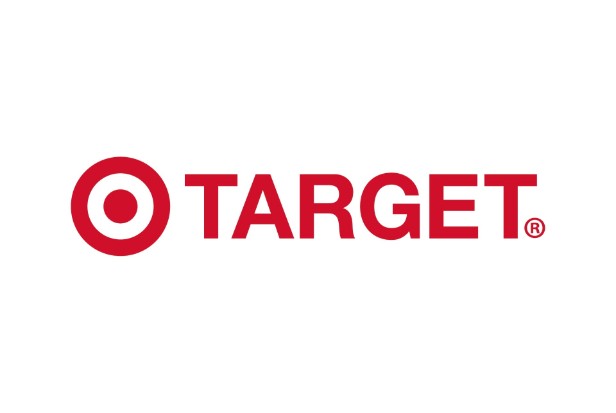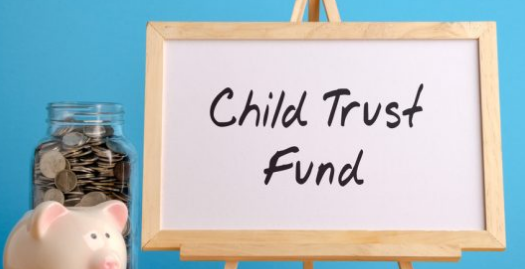First, what are certified funds?
Certified funds include things like traveler’s checks, cashier’s checks, money orders, and wire transfers. You cannot reverse a payment once you have received the amount in question unless there has been fraud or theft.
You should note that we did not include credit cards on the list of certified funds, though. This is because they are not yet recognized as certified funds.
For more information on certified funds, please keep reading.
Table of Contents
What Are Certified Funds?
The most common instance of certified funds is a certified check used to guarantee a payment. You might purchase a used car from a private seller in a neighboring state, for instance. You could withdraw the money from your bank and give the buyer cash, but carrying large amounts of cash while traveling is dangerous. You could give the buyer a personal check, but it’s unlikely that he will let you drive away with the car until he is certain the check is valid.
Paying the buyer with a certified check, which ensures that the bank that issued the check will cash it, is the workaround, at least in theory. This is how it works: you visit the local branch of your bank (this is one of those situations where doing it in person is probably easier and less frustrating). You inform the teller that you require a certified check for the specified sum. The teller hands you a certified check, which you sign in the teller’s presence after the teller confirms that you have sufficient funds in your account to cover it. In this case, the person selling you the car is the one to whom the check is typically made payable. Additionally, the bank places a hold on your account for the amount of the certified check during the process. The hold is released after the check has been cashed.
A letter of certification from your bank guaranteeing the payment is an additional typical type of funds certification that is occasionally used in real estate closings. The message is the same, but the medium is slightly different: upon appropriate demand the bank issuing the letter will pay to the presenting party (a real estate buyer, for instance) the amount guaranteed in the letter. When the bank issues a letter certifying funds, it also places a hold on your account for the certified amount, just like when a certified check is issued.
Technically, a certified check and a cashier’s check both deliver certified funds. The only distinction between the two is that you sign the certified check while the bank does not. Again, theoretically, both are equally acceptable.
Read about: How To Add Visa Gift Card To Venmo?
Types Of Certified Funds
The following types of certified funds are typically accepted, though you should check with your particular landlord to be sure:
Certified Check
The fact that the tenant’s bank account has enough money in it to cover the payment is demonstrated by this document, which is typically issued by a bank. The teller has the option to reserve the check’s full amount so it will be there when it is cashed.
Money Order
A bank, convenience store, or post office can all issue money orders. The money order is obtained by the tenant from the issuing authority, who then gives it to the landlord. There is no risk to the landlord because the tenant has already made payment.
Wire Transfer
Other acceptable forms of payment include online wire transfers from the tenant’s bank account to the landlord. This is typically not used in the rental industry because there could be a lengthy waiting period and significant fees.
Cashier’s Check
The tenant’s actual bank is the one who issues a cashier’s check. In this case, the bank takes the money out of the customer’s account and guarantees the value of the check. Because the money has already been taken out for payment, landlords don’t need to worry about making the payment.
Cash
Receiving monthly rental payments in cash is an additional choice that can be very simple. Cash rental payments are less common than other options because there may be some issues and disputes, such as a lack of proof.
What Harm Could There Be?
The distinction between a certified check and a cashier’s check was frequently made in earlier information articles, which noted that a cashier’s check signed by the bank is more trustworthy than a certified check signed by the issuing bank’s client.
In the digital information age, however, they’re both equally reliable – meaning, really, that they’re both equally unreliable. A cashier’s check, money order, letter of certification, or certified check can now be faked by anyone with a digital printer and a basic understanding of Photoshop.
There are only a few common examples of such fake documents that could deceive an expert, but there are two issues with that assurance: A bank teller who lacks special training will likely process the fake document and deposit the money into the customer’s account, unless the amount of the document is quite high. The check is then kept at the bank until the end of the banking day, at which point it is sent overnight to the issuing bank for collection, or its fully digital equivalent. When a check is returned unpaid, or NSF, the receiving bank notifies the sending bank that the check is uncollectible.
If the check is fake, the forger will already be gone by the time you notice it is being returned and the money is being deducted from your account.
Certified document fraud is also not uncommon; a report from the Association of Finance Professionals states that 75% of reporting U.S. banks experienced check fraud in 2016, and it’s rising year after year.
Traditional Certified Funds Risks
Although cashier’s checks and money orders have a reputation for being “safe,” numerous instances of fraud over the past ten years have shown otherwise. Money orders and cashier’s checks are not only susceptible to theft and tampering, but they also require a manager to manually scan or deposit the item into the property’s bank account, taking up time. Human error, which can add to processing time and impede cash flow to the property, is a possibility with any manual process.
Money orders aren’t always available for purchase, which is inconvenient for consumers. Additionally, because some issuers cap the amount of a single money order, residents are frequently required to purchase multiple money orders in order to pay their rent and other expenses.
Cash payments may not be the best option for all residents, as with any solution, because nobody is the same. Giving residents more options makes it easier for property managers to uphold payment policies and is also more resident-friendly.
How Digital Certified Funds Affect?
There are now two ways for residents of Domuso-powered multifamily properties to submit digitally certified funds.
Any mobile device can send online certified funds during the checkout process. When a resident’s identity has been securely confirmed, Domuso checks the resident’s bank account in real-time, and as soon as the resident’s funds are confirmed, they are immediately transferred into the property’s account.
The partnership between Domuso and Money Gram enables residents who prefer to pay in cash to do so. They only need their property’s address and account number to pay their rent in cash at any MoneyGram location. Domuso sends the money directly to the property’s bank after confirming the resident’s identity and the amount owed. Domuso seamlessly posts all transactions to resident ledgers and takes on all risks because it integrates with top property management systems.
Conclusion
The post concentrated on what certified funds are.
You should be aware that when someone says “certified funds,” they are attempting to ensure that they have a surefire way to verify the legitimacy of your payment. Unfortunately, there are many people in the world who would commit massive fraud if they could, so vendors must always be on the lookout for fraudulent payments. Because they must pay for those costs, it reduces their profit margins, which in turn drives up the price of their products.
I appreciate you reading.


